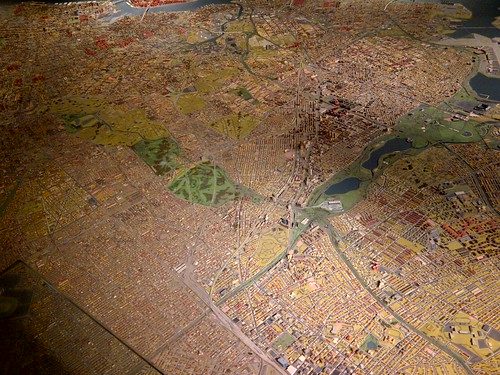West Side Story (the movie) was released in 1961. Our family did not see it in the theater. I do not know why. My sister and I were only three and two years old and they probably thought we were too young to sit still in a movie theater that long and they never used babysitters. There was a 10-year anniversary release in 1971 that again we did not go see. It probably was not playing locally and my parents only went to the movies close to us. In 1972 was the first prime time showing on TV. This time our family gathered around the television to watch and I remember it was a big event for us. Because representation matters and the only Latinx I saw on TV, who was not in handcuffs, was Ricky Ricardo.
My father was full of stories about Rita Moreno – he told me all about her affair with Marlon Brando and how she attempted suicide when it did not work out. While we watched he pointed out the ethnicity of the actors who were playing Puerto Ricans. The actors were supposed to be people like us but they really were not. All except Rita.
Rita Moreno: Just a Girl Who Decided to Go for It is a fabulous documentary about a fabulous woman. It was co-produced by American Masters, so look for it on your local PBS station.
The documentary opens with Rita getting ready for her 87th birthday party. She always has a theme and this time the theme is Cuba. At the party, she is dancing and the Caribbean music is playing and I burst into tears. She is so alive and so vibrant and so Puerto Rican. The movie ends with a version of “Preciosa” sung by Rita playing over the credits. “Preciosa” is one of several unofficial Puerto Rican national anthems – this song celebrates our European, African, and Taíno heritage while waxing nostalgic.
She was born in Humacao, where she says there was the only hospital. It was the same hospital that my mother was in immediately after her stroke. Rita and her mother moved to NYC because her mother had left her father. But she left her son behind and Rita never saw her brother again. Her idyllic childhood was over and now she had to bundle up because of the cold. Rita started working when she was teenager and was dancing in nightclubs when she was “discovered.”
She does not hold back in talking about her life – her relationships and the sexual harassment and rapes. The “dates” she was forced to go on with MGM stars in order to promote their films.
While under contract with MGM she was relegated to native girl roles of every ethnicity and she used the same accent no matter what country she was supposed to be from. She was always the girl that the white hero had an affair with but would leave for a white woman. They darkened her skin in all the movies. The color they used for her and George Chakiris in West Side Story was the color of mud – not a shade of any person. When she argued that she was Puerto Rican so they could use her natural color, the make-up person accused her of being a racist. I love the movie but I still grimace at that make-up.
Despite her Oscar win, the roles did not come in. Rita has spent her life fighting for civil rights, for women’s rights, and is pro-choice. Like many strong women, she has allowed the men in her life to have too much of an influence but she is still here and she is living life on her terms.

By Carene Lydia Lopez

